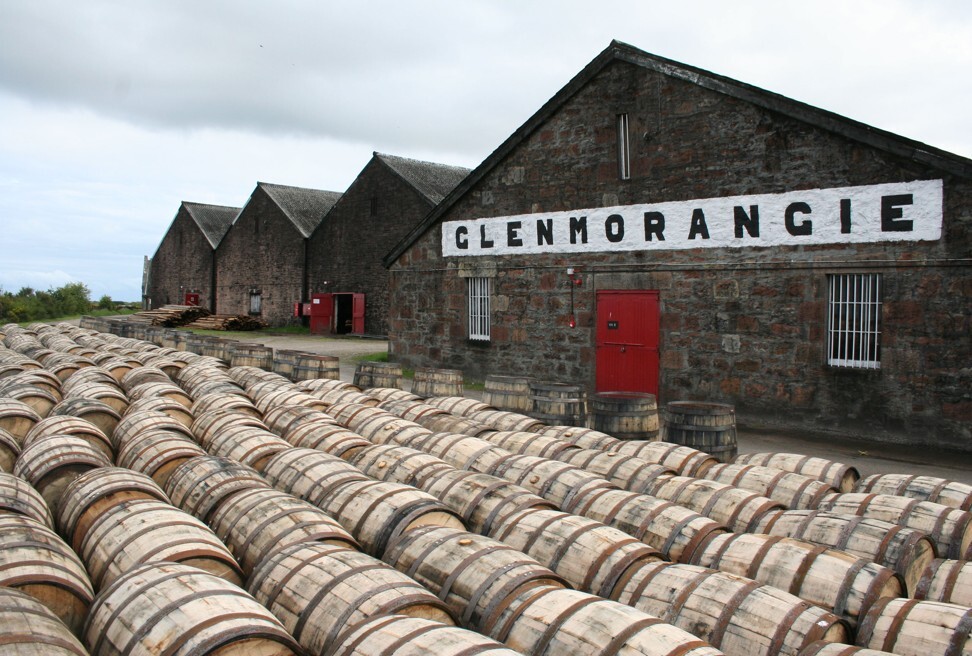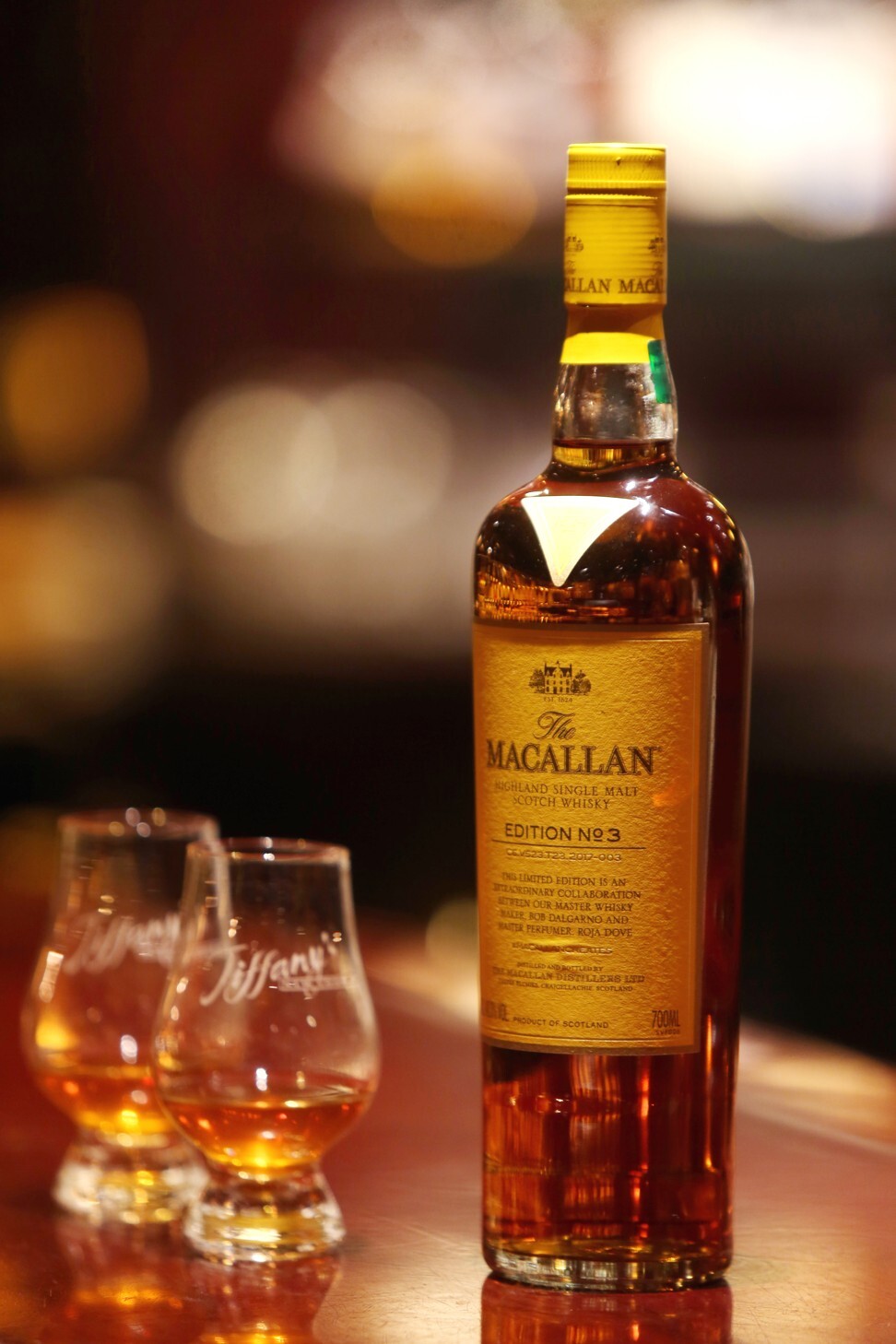
Sláinte! The finest whiskies from the Scottish Highlands
- A tour of the Highlands’ distilleries, from accessible Tullibardine to the world’s most expensive single malt – a US$1.9 million Macallan
Whisky has been part of Scottish culture for centuries. According to online retailer The Whisky Exchange, the Highland region, Scotland’s largest, produces 23 per cent of the country’s whiskies (Speyside produces 65 per cent, Islay 6 per cent, Lowland 5 per cent and Campbeltown 1 per cent).
The Highlands is a vast area and its distilleries are flung far and wide. The diverse geography, water sources, weather and landscapes means Highland whiskies are varied in style but they all share a nutty, slightly peaty, full-bodied flavour profile.
Highland whiskies can be divided into four geographical subregions.
Southern Highlands (near Glasgow)
These malts range in style from grassy to fragrantly nutty. Here are a few look out for.
Aberfeldy is a minerally malt with a vigorously fruity note and a firm finish.
Loch Lomond is on the medicinal side with notes of iodine. The best, and rather hard to find, is Old Rhosdhu, which has a minty, perfumed edge.
Deanston, located on the River Teith, has a nutty sweetness and clean malty finish.
Tullibardine is a winey malt with a nutty, lemony, honeyed finish. It is the region’s most approachable malt and a great introduction to a dram.

Northern Highlands
Glenmorangie is known for its cask strength bottlings (undiluted) and as a pioneer in the use of different wood finishes. This is one of the few distilleries with its own oak trees – in the Ozark mountains of Missouri, in the United States – which are seasoned by air-drying, rather than by kiln. A unique offering is its sauternes-finished malt.
Central Highlands
Royal Lochnagar, located near Balmoral Castle, is one of three distilleriespermitted to call itself “royal” (the others are Glenury Royal and Royal Brackla). Queen Victoria was said to enjoy a dram of Royal Lochnagar in her claret (the old term for wines from Bordeaux). I can imagine your shudders of horror.
Dalwhinnie is the highest distillery in Scotland, at 326 metres up the Monadhliath Mountains. Lightly peaty, with cut grass and heathery honey flavours, it is considered one of the classic malts of the Highlands.
Eastern Highlands
Ardmore is an old-school distillery that still uses coal to fire its stills. Its whiskies are creamy but robust in style with a hint of sherry oak and toasted oats.
Glen Garioch has a distinct peatiness influenced by Islay, nicely balanced by a fragrant floral and spicy nose. It offers a wide range of malts at different ages.

Western Highlands
Adelphi, the most westerly distillery, makes a blended peated and unpeated whisky. Within the Highland regions, Speyside was finally named as a distinct whisky-producing region in 2009.It is centred on the River Spey, the water source for all its whiskies and giving them a similar characteristic style – fruity, slightly sweetish and light-bodied.
Glenlivet is regarded as the whisky that started the push for a Speyside region. It is also Speyside’s first legal distillery. It is a fruity malt with tropical notes of juicy pineapple and banana.
Glenfiddich is the top selling malt worldwide. It is recognised by the light touch of peat smoke, hints of dark chocolate on the palate and a bit of sweetness from the sherry casks used for ageing.
Balvenie is slightly obscure, and uses different barrels for ageing. Seek out its double wood, aged first in bourbon barrels, then oloroso sherry casks, giving the whisky a cinnamon-hued citrus sweetness.
Macallan is a well-known distillery from Speyside, although the label on the bottle says Highland. It uses Golden Promise grain exclusively in its malts, which gives them smoothness and a light peatiness.
At auction, Macallan has achieved a number of records, including the most expensive whisky ever sold – a Macallan Fine and Rare 60-Year-Old 1926 sold last year for US$1.9 million at a Sotheby’s auction in London. In 2018, at an auction by Bonhams in Hong Kong, a special edition of the 1926 vintagewas sold for £814,081. That’s £1,085 per millilitre.

